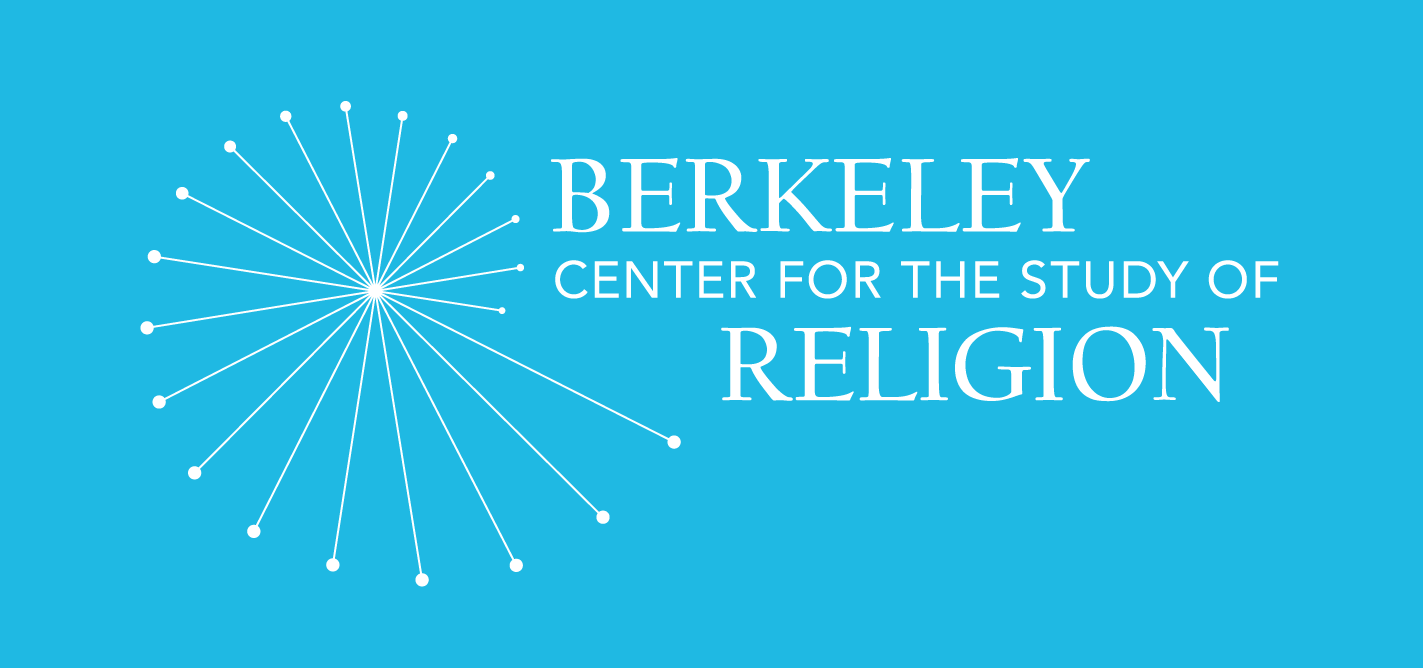Among the courses on offer next semester are three courses charting the rise and development of western Christianity and its expansion to the Western Hemisphere. These courses, taken together, explore how Christian history has come to shape modern society.
History of Christianity to 1250 CE. HIST 185A. (200 Wheeler, TuTh 9:30-11). Taught by Susanna Elm (History)
Description: The course deals with the origins of Christianity and the first eleven centuries of its expansion into a major institutional, social, and intellectual force shaping Western Europe. The central themes are the mechanisms and conditions shaping this expansion, rather than a chronological account in order to present this process as a model of institutionalization of religious movements. Click here for more information.
Religion and the Making of the Modern West. HIST 100U (Tu, Th 2PM-4PM, Life Sciences Addition, 101). Taught by Jonathan Sheehan and Mark Peterson (History)
Description: As it recovered from one of the most devastating epidemics in world history, Europe in 1400 was a patchwork of wealth and poverty, law and disorder, urban enclaves and vast peasant hinterlands. Whatever unity it had depended on an inheritance from the Roman empire, above all a Church whose institutions gave a semblance of order and coherence to this heterogeneous continent. Over the next 600 years, “Christendom” would give way to a host of new Christianities; this Europe would give way to political and cultural forms collectively if vaguely called “the West.” And one of the chief products of this transformation was the emergence of something called “religion.” For more information, see the website posting.
It’s the End of the World: Apocalyptic and Millenarian Movements in the Atlantic World 1500-2000. HIST 39S. (Fri, 10AM-12PM, 3205 Dwinelle). Taught by Mark Emerson* (History)
Description: Is it the end of the world as we know it and do we feel fine!? Our seminar explores apocalyptic beliefs and hope for the end of the world in the early modern Atlantic world and/or the desire for the transformation of the world and society—a yearning for a future egalitarian world led by a savior figure. We will examine topics such as the history of apocalyptic ideas and millenarian traditions, early modern movements in Iberia, France and England, millenarian hopes for the New World, colonial dreams and rebellions, and nineteenth century undertakings from Brazil (Juzeiro and Canudos) to the United States (Millerites). See the web page for more information.
Other courses next semester examine religious movements and inter-religious dynamics in the global south. Professor Kaicker from History is offering a course on Hindu/Muslim relations in India while Professor Angelova, also from History, is teaching a course on cults and devotions to the Virgin Mary around the globe.
Hindu/Muslim: Religion, Politics, and Violence in a Millenium of Indian History. HIST 39T. (Thu 4-6PM, 3205 Dwinelle). Taught by Abhishek Kaicker (History)
Description: This course is concerned broadly with the relationship between the categories of ‘religion’ and ‘politics’; and the practices of violence which lie at their intersection; and in particular with rethinking the terms we use to imagine religious violence in the past and the present. As a case study, we will explore ways of conceptualizing the longue durée history of the relationship between Hinduism and Islam in the Indian subcontinent over the last millennium. Check out the site for more information.
Mary: A Global Icon. HIST 280U (Wed. 9AM-12PM, Dwinelle 2303). Taught by Dilliana Angelova (History)
Description: The objective of this graduate seminar (qualified undergraduates are welcome) is to offer a global view of the Virgin Mary that cuts across periods and faiths as well as national and geographic divides. The first part of the seminar traces the iconography and veneration of the Virgin Mary from theological and historical perspectives. The Byzantine, Western medieval, and the Islamic traditions are to be examined. The second part considers the later history of Marian images and veneration through case studies from around the world: the Black Madonna, the Virgin of Guadalupe, icons of Mary in Ethiopia, and the miraculous statue of the Virgin in the Philippines. Class participation, oral presentation, and a research paper are required. Click here for the web posting.
*Mark Emerson is Visiting Associate Professor of History at UC Berkeley.
